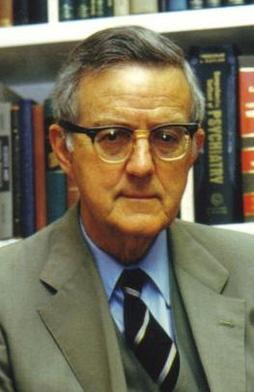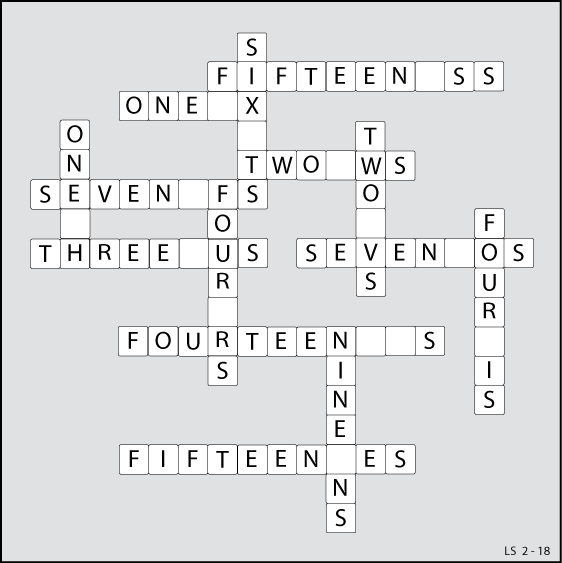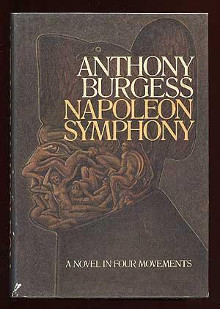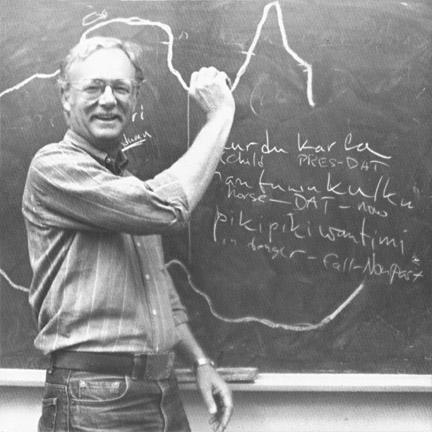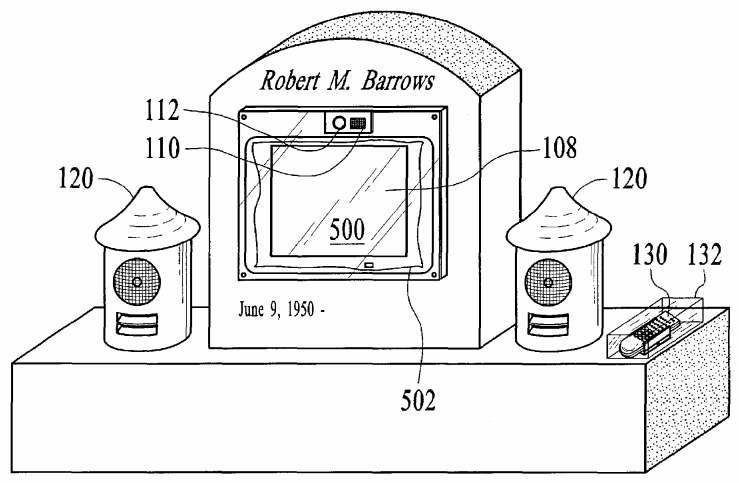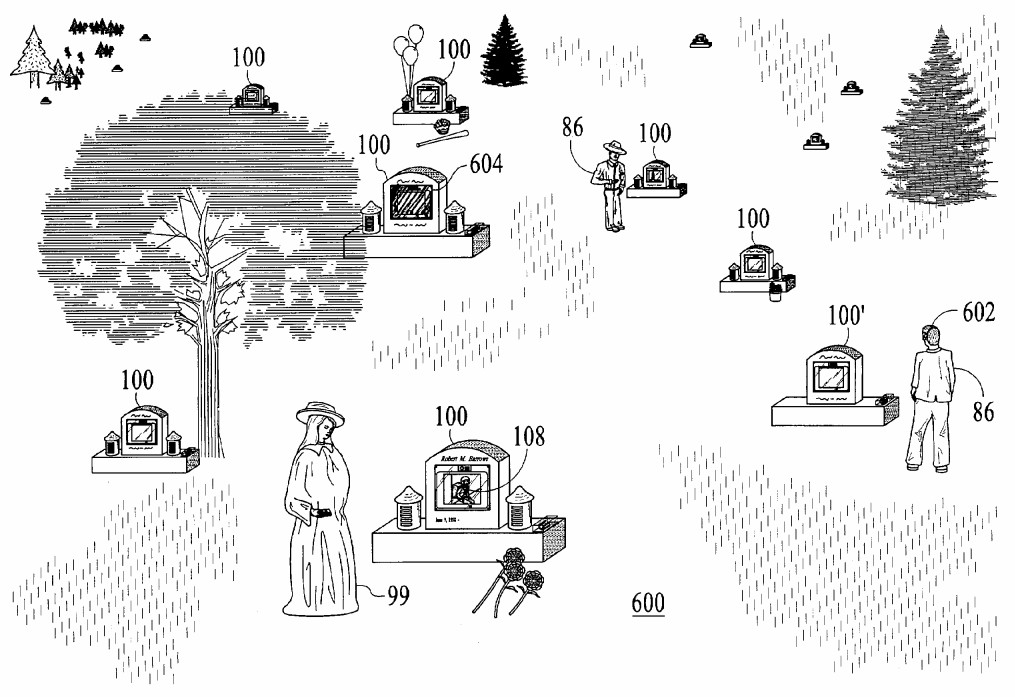University of Arizona anthropologist Keith Basso found that when the automobile was introduced into the reservation of the Western Apache of Arizona, they described it by applying their words for the human body:
| Anatomical Term | Extended Meaning |
| “shoulder” | “front fender(s)” |
| “hand+arm” | “front wheel(s), tire(s)” |
| “chin+jaw” | “front bumper” |
| “foot,” “feet” | “rear wheel(s), tire(s)” |
| “face” | “area extending from top of windshield to bumper” |
| “forehead” | “front portion of cab, or automobile top” |
| “nose” | “hood” |
| “back” | “bed of truck” |
| “hip+buttock” | “rear fender(s)” |
| “mouth” | “opening of pipe leading to gas-tank” |
| “eye(s)” | “headlight(s)” |
| “vein(s)” | “electrical wiring” |
| “entrails,” “guts” | “all machinery under hood” |
| “liver” | “battery” |
| “stomach” | “gas-tank” |
| “heart” | “distributor” |
| “lung” | “radiator” |
| “intestine(s)” | “radiator hose(s)” |
| “fat” | “grease” |
“When the automobile was introduced into Apache culture, it was perceived to possess a crucial defining attribute — the ability to move itself — which prompted its inclusion in the category labeled hinda [phenomena that are capable of generating and sustaining locomotive movement by themselves, such as man, quadrupeds, birds, reptiles, fish, insects, and some machines]. The traditional practice of describing the other members of this category with anatomical terms was then applied to automobiles, to produce the extended set described above.”
(Keith H. Basso, “Semantic Aspects of Linguistic Acculturation,” American Anthropologist, New Series 69:5 [October 1967], 471-477.)

